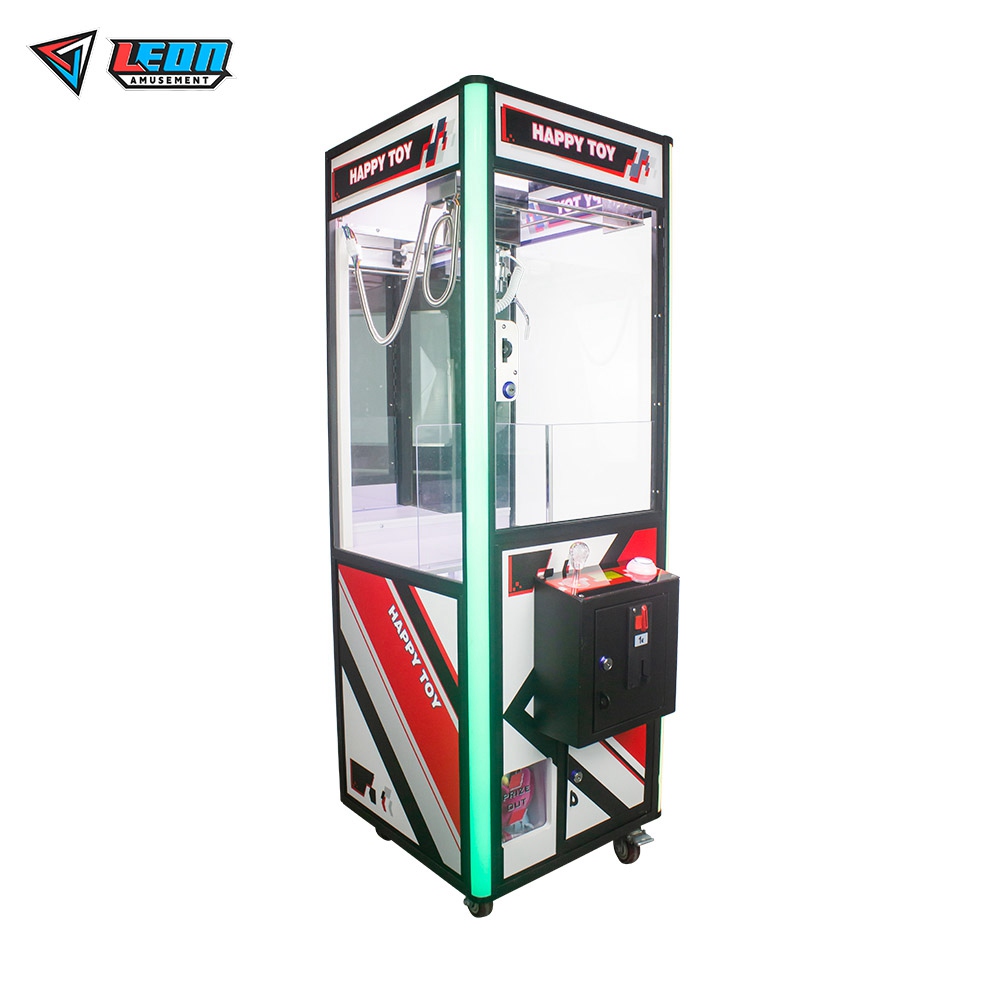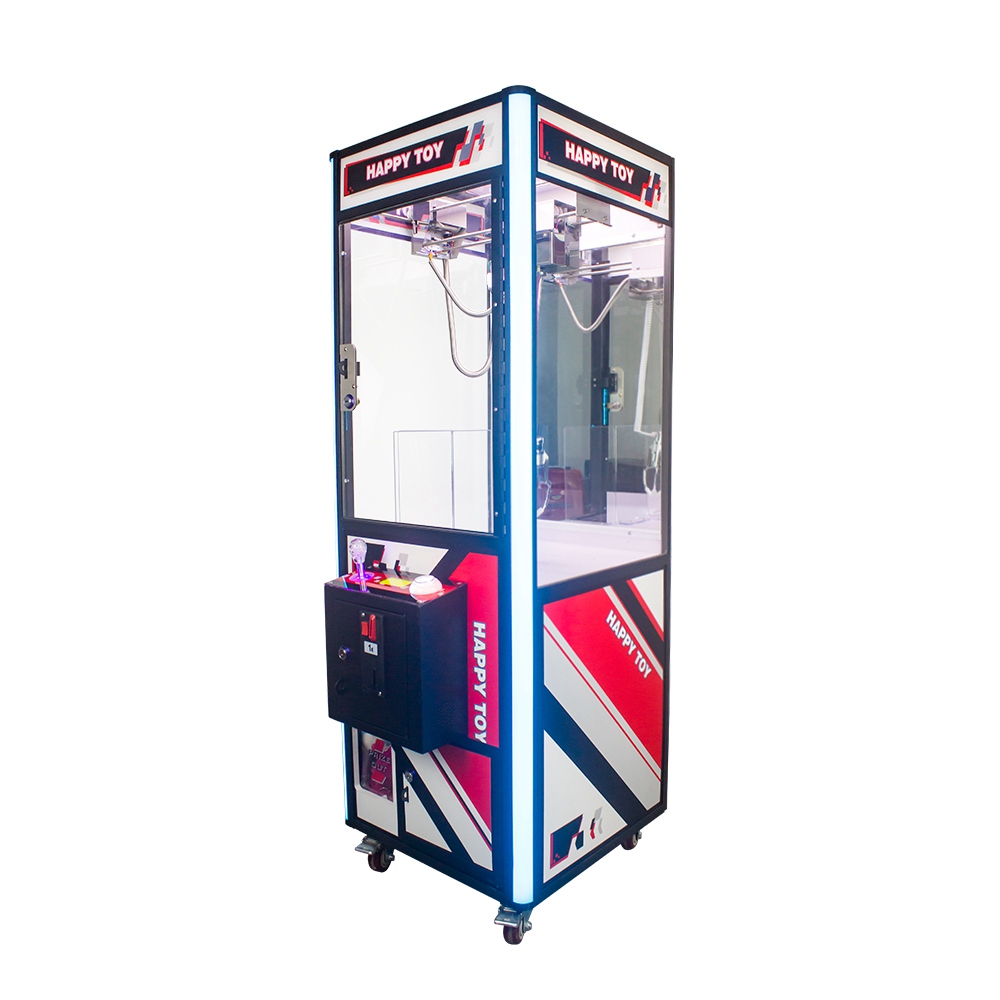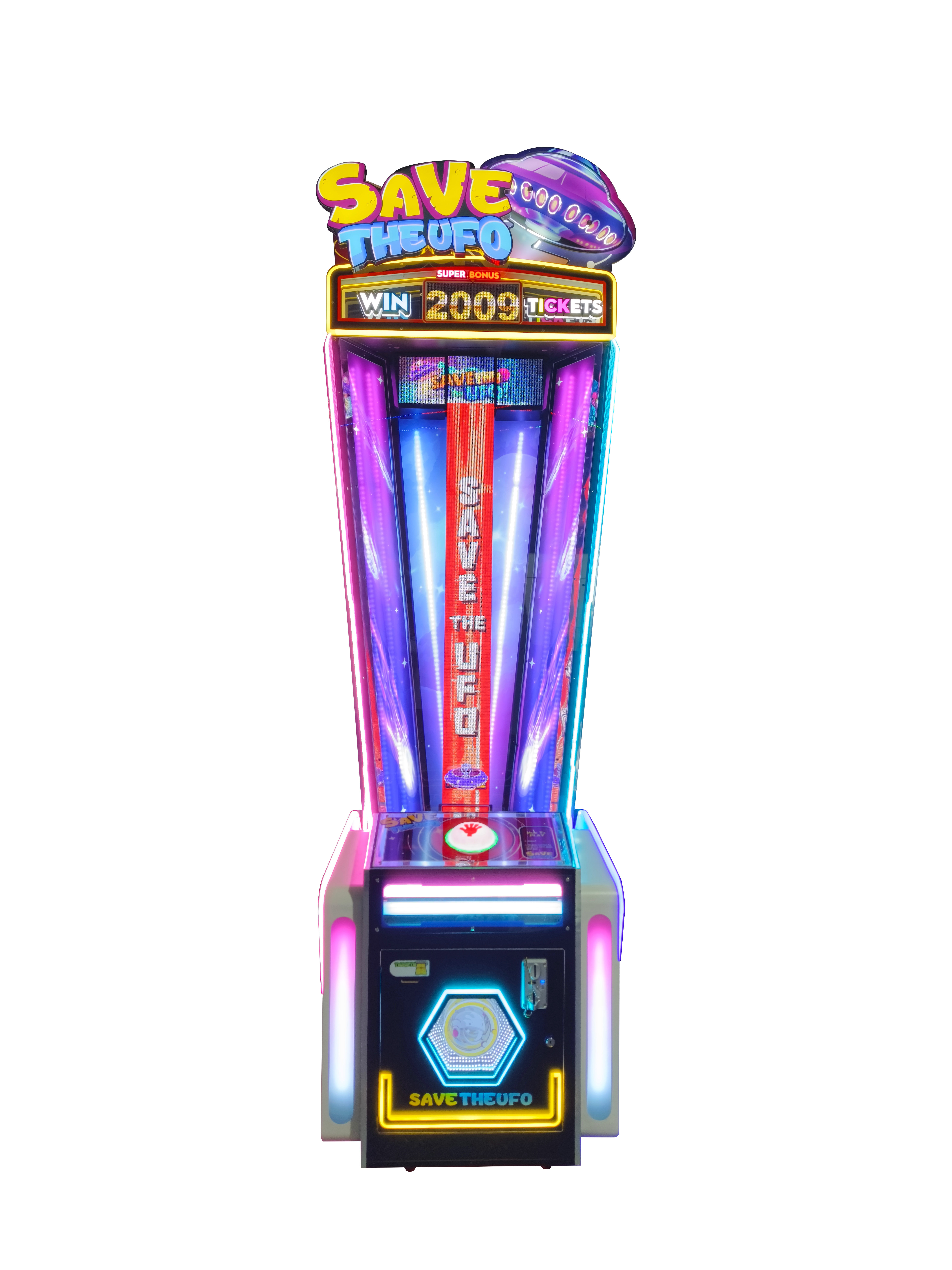Claw machines are not a con, but they do rely on strategy and settings that make winning less frequent. Many machines allow operators to adjust the claw’s grip strength and win rate, typically tightening the claw only after a set number of plays. Research shows that win rates are often set between 1 in 10 to 1 in 15 tries, making it challenging but not impossible to win. Players can improve their chances by targeting prizes near the edge and paying attention to the claw’s behavior over multiple attempts.
Table of Contents
ToggleProfit Model
Merchants can adjust the claw strength and success probability of each round for these toys in a variety of ways, such as increasing or decreasing it based on profit requirements to control winning rates. The actual success rate of claw machines, according to market research, is pretty low; between 10% and 20%, with some even lower than that. In other words, most players have to spend money and try again before getting what they want, which brings direct profit for merchants.
Normally, operators buy toys at wholesale prices as low as 2 to 5 yuan for each toy, while each game costs players from 2 to 10 RMB each time. Merchants are able to make good profits at quite low costs through this price difference. Insiders in the industry said that if it’s a good location, a single machine can make thousands to tens of thousands a month, with an average of 20 to 30 thousand yuan.

Psychological Inducement
Claw machines do not rely on a profit margin but use technology not just to maximize profits but also to exploit the psychological characteristics of players. The “near-miss effect” makes players feel they are just one attempt away from winning. This is a psychological trick that causes players to insert more cash after losing. Psychology studies estimate that 70% of players keep retrying after their first failure, thinking they have just learned the trick and are one step from success.
Claw machine designs are optimized to overstimulate players with sound, lights, and visual reinforcement in an attempt to do everything they can to get them to keep on trying. Machines play pleasant music when money is inserted and emit celebratory sounds and lights upon a successful grab. This multi-sensory stimulation enhances the immersiveness for players, making it easier for them to lose sight of their monetary investment.

Laws and Regulations
Claw machines are legal in some jurisdictions and may be subject to specific regulations. Claw machines are not regulated restrictively in most countries, but operating claw machines in China requires licensed entertainment equipment. The success probability of the machine must meet national standards to ensure consumer rights are protected. As claw machines are considered a lottery, national relevant laws and regulations clearly stipulate that their probability of winning should be at an appropriate level, with a minimum success rate of 5%.
These rules and regulations aim to prevent trade practice violations. However, there are still conditions where consumer rights are being violated. An increasing number of consumers have been making claw machine-related complaints in recent years. Consumer associations receive more than 500 complaints annually about claw machines, primarily centered around low success rates, frequent machine breakdowns, and poor prize quality. Therefore, government departments have taken measures to step up spot checks and clean-ups of the claw machine market to protect consumer interests and establish a fair competition environment.








